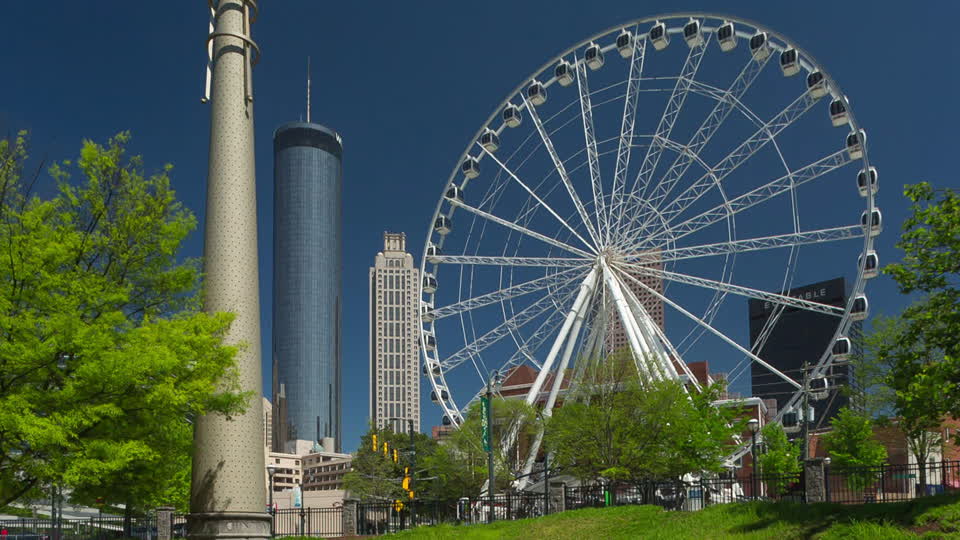
Centennial Olympic Park was created as a 21-acre gathering spot for visitors and residents to enjoy during the 1996 Summer Olympic Games. Its estimated $75 million in development costs came entirely from private-sector donations – contributions in the form of commemorative bricks, funds raised by the Metro Atlanta Chamber of Commerce, and local philanthropic foundation grants. Following the Olympic Games, a large portion of the park was closed and redesigned for daily public use. Today the park performs a dual mission: it serves as Georgia’s lasting legacy of the Centennial Olympic Games, and it anchors efforts to revitalize residential and commercial development in Georgia’s capital city of Atlanta. The Park sponsors community-wide free events, including the Fourth of July Celebration, Wednesday Wind Down concert series, and Fourth Saturday Family Fun Days. The Park also hosts festivals, fundraisers, and private events. These events, in addition to the normal day-to-day traffic, bring an estimated three million visitors to this urban oasis each year.
The park is surrounded by many major Atlanta Landmarks; the Georgia World Congress Center, College Football Hall of Fame, Philips Arena, the CNN Center, and Mercedes-Benz Stadium are all on the west side of the park and the Georgia Aquarium, National Center for Civil and Human Rights, and the World of Coca-Cola on the north side of the park. It is bounded by Marietta Street to the west, Baker Street to the north and Centennial Olympic Park Drive to the east and south. Andrew Young International Boulevard, named for the former Atlanta mayor and United Nations ambassador, runs through the southern portion of the park. Since 2008, the area around the park has been marketed, and increasingly referred to in the press, as the Luckie Marietta District. The Atlanta Streetcar passes along the east side of the park, with a stop for the park on Centennial Olympic Drive.


Recent Comments